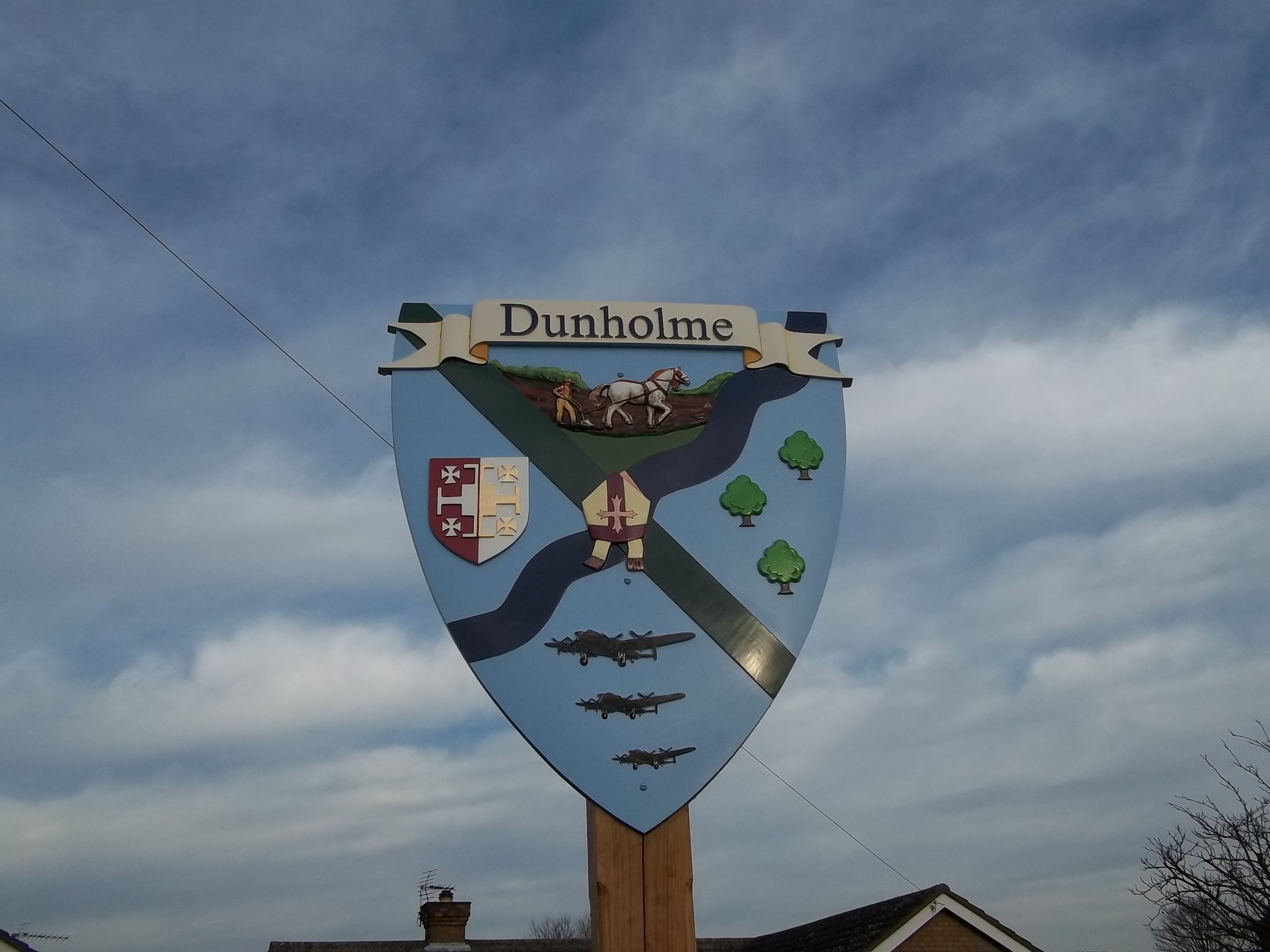Dunholme village is a small village
in Lincolnshire. It has approximately 2500 residents.
Although quite old the village has very little historic buildings
remaining, the oldest being the church although some houses
around the church go back to the 18th and 19th century.
Most of the housing has been built since the 1950's with many in
the last 20 years. Although only five miles from Lincoln City the
village has many facilities and services. In the centre
of the village there is a Co-operative food store, selling also
newspapers and general household items. There is
now a Post Office as an 'outreach' post office in the parish
Church . Next to the old SPAR shop is a
hairdressers . There is a Junior School, St Chads, and a Secondary
School, William Farr C of E Comprehensive, which, although it has a
Welton Post Code, geographically it is in Dunholme. Dunholme
has a village hall and a community centre supported by many
thriving community activities and organisations. The sporting
facilities are the envy of most other communities in that Dunholme
has a five rink indoor bowls centre and an outdoor bowling green.
It also has tennis courts and a football pitch. All owned by the
Parish Council.
Dunholme is close to the village of
Welton-by-Lincoln and some of the services in Welton such as
the Health Centre and Library are used by both
villages.
The village of Dunholme is situated some six miles to
the north of Lincoln City in Lincolnshire, United Kingdom.
The parish, although smaller than some of it's immediate
neighbours, stretches from the foot of the Lincoln Edge in the
west to the Langworth River in the east. The western
part of the parish was once known as the Heath, and the eastern as
the Fen, a name preserved in Fen Lane, the correct name
for Market Rasen Road.
The village stands almost in the centre of the parish,
on the banks of a beck (stream or small river) and at the foot
of several very low hills.
In the book "The Place and River Names of West Riding of
Lindsey" it states that the name of Dunholme is derived from "dun"
meaning "hill" and "ham" meaning "river bend". Another
suggestion of "Dunna's ham" or the "ham" (home) of Dunna, probable
an Anglo Saxon, seems more likely.
The earliest written evidence concerning Dunholme is
found in the Domesday Book of 1087. At that time Dunholme was
divided between three owners, the King, Ilbert de Laci and Ralph
Paganel. The Kings land was passed on to the Bishop of
Lincoln who is still today the Lord of the manor of
Dunholme.
Extract from the
doomsday book

Translated as
Taxable units: Taxable value 8 geld
units.
Value: Value to lord in 1066 £1.
Value to lord in 1086 £0.8.
Households: 18 freemen.
Ploughland: 8 ploughlands (land for).
6 men's plough teams.
Other resources: Meadow 50
acres.
Lord in 1066: Queen
Edith.
Lords in 1086: Odo the Bowmaker King
William.
Tenant-in-chief in 1086: King
William.












